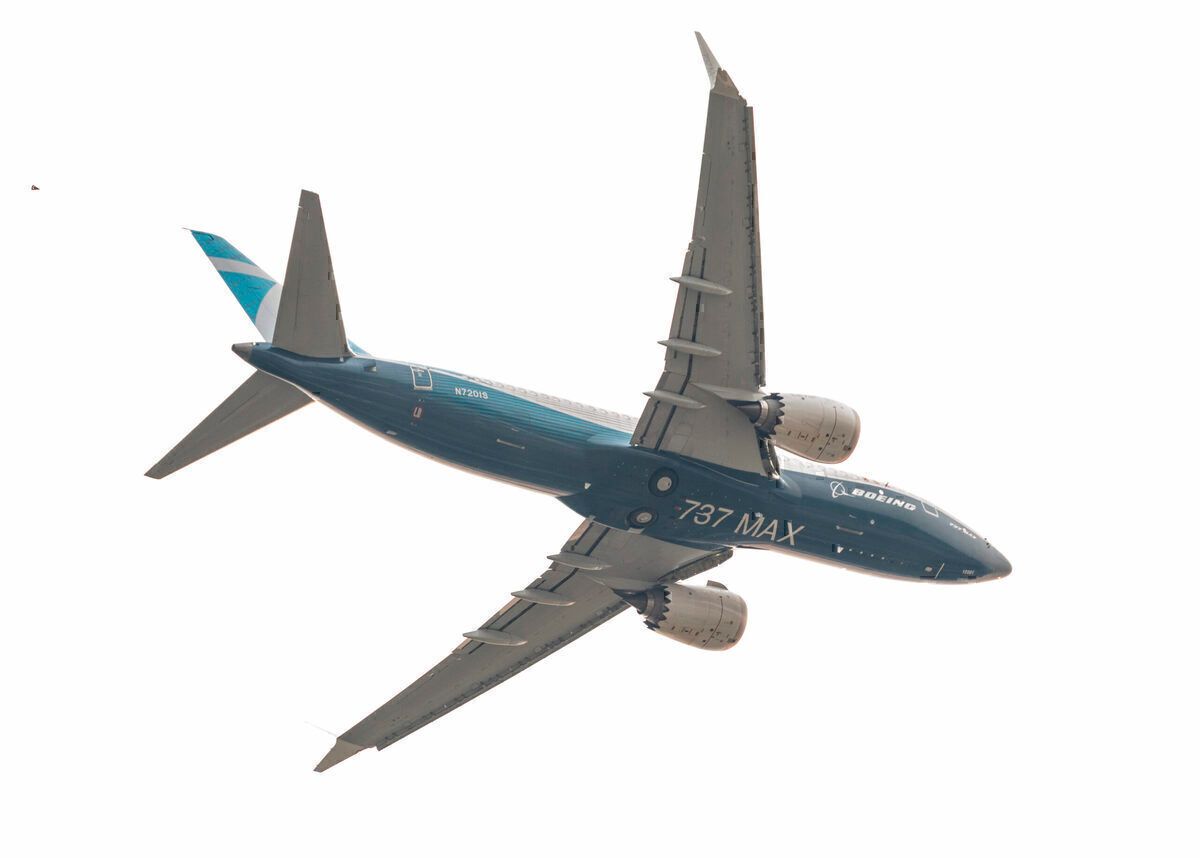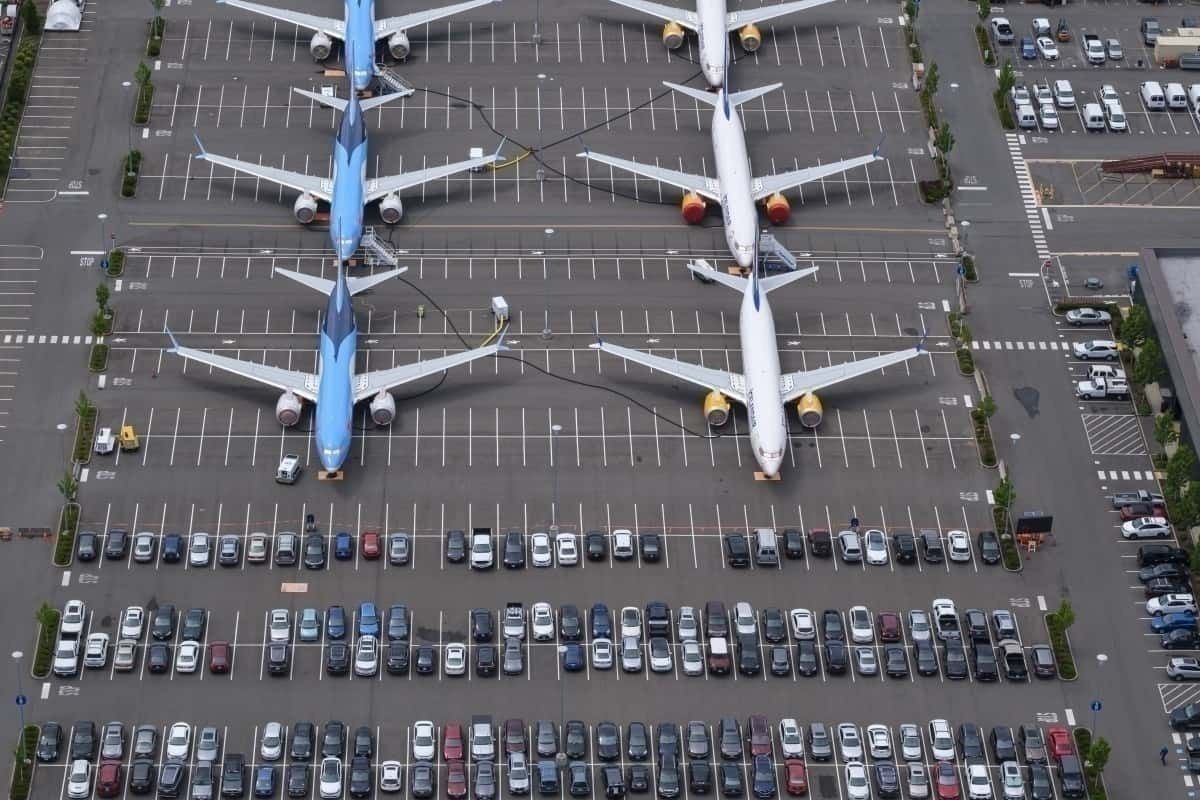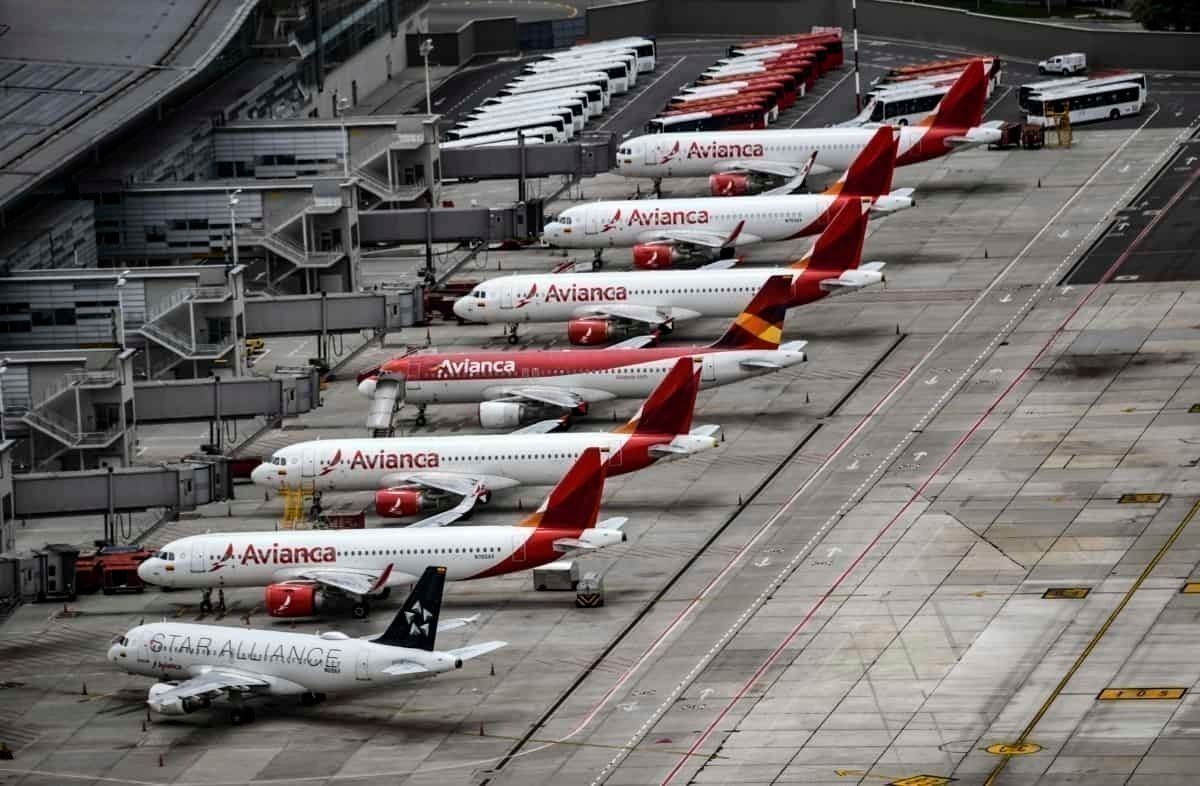Colombia is set to have a new airline. This week, Aeronáutica Civil (Colombia’s aviation regulator) published a document stating that there are plans of launching a new low-cost carrier in the country, called Ultra Air S.A.S. So, how much do we know about it? Let’s investigate further.
It involves the MAX
According to Aeronáutica Civil, this new low-cost carrier would have its hub in the city of Rionegro Antioquia. Ultra Air would use a fleet of Airbus A320 CEO and Boeing 737 MAX 8, as reported by local outfit W Radio.
If indeed Ultra Air uses a fleet of Boeing 737 MAX aircraft, it would become the first Colombian airline to operate this aircraft. Given that there are more than 100 whitetail MAX airplanes out there, Ultra Air could get some at a discount price. Moreover, Boeing would be more than happy to increase its number of single-aisle aircraft in South America. Currently, Airbus dominates the single-aisle market in the region.
What routes will Ultra Air operate?
Ultra Air asked permission to operate 29 domestic routes and 15 international routes. The next week, on November 26, Aeronáutica Civil will do a public meeting to authorize the launch of Ultra Air.
These are the domestic routes it plans to operate:
- Bogotá: Medellín (42 weekly frequencies), Cali (35 weekly frequencies), Cartagena (35 weekly frequencies), Santa Marta (35 weekly frequencies), San Andrés (28 weekly frequencies), Periera (21 weekly frequencies), Barranquilla (14 weekly frequencies), Bucamaranga (14 weekly frequencies), Cúcuta (14 weekly frequencies), Riohacha (14 weekly frequencies), Pasto (14 weekly frequencies), Leticia (14 weekly frequencies), and Montería (14 weekly frequencies).
- Medellín: Cali (17 weekly frequencies), Cartagena (21 weekly frequencies), Santa Marta (21 weekly frequencies), Barranquilla (14 weekly frequencies), Bucamaranga (14 weekly frequencies), Cúcuta (14 weekly frequencies), Riohacha (14 weekly frequencies), Pasto (14 weekly frequencies), Leticia (14 weekly frequencies), and Montería (14 weekly frequencies.
- Santa Marta: Pereira (14 weekly frequencies).
- Cartagena: Pereira (14 weekly frequencies) and Cali (14 weekly frequencies)
- Santa Marta: Cali (14 weekly frequencies)
- San Andrés: Cali (14 weekly frequencies)
- Barranquilla: Cali (14 weekly frequencies).
These are the international routes it plans to operate:
- Bogotá: Mexico City (14 weekly frequencies), Cancún (14 weekly frequencies), Miami (14 weekly frequencies), Santo Domingo (seven weekly frequencies), Quito (seven weekly frequencies), Lima (seven weekly frequencies), Curazao (seven weekly frequencies), and Guayaquil (seven weekly frequencies).
- Medellín: Miami (11 weekly frequencies), Cancun (11 weekly frequencies), Mexico City (11 weekly frequencies), Guayaquil (seven weekly frequencies), New York (seven weekly frequencies), Aruba (four weekly frequencies), and Punta Cana (four weekly frequencies).
Who’s behind Ultra Air?
William Shaw is launching Ultra Air. The businessman is famous because it is one of the founders (and former CEO) of the Colombian ultra-low-cost carrier Viva Air.
He also was the CEO of Flycana in the Dominican Republic and a member of the board at Green Africa Airways. However, most recently, it was the CEO of troubled Mexican carrier Interjet. He took the challenge of Interjet in January 2019 and was ousted at some point between May and June of 2020.
We can see the understanding Shaw obtained from the Mexico-Colombian market during its tenure at Interjet. The Mexican carrier had increasingly growing ties with Colombia before it stopped flying internationally due to its crisis. Now, Shaw is looking to launch Ultra Air and is focusing a significant share of its future capacity on Mexico.
What would it mean for Colombian aviation?
Nonetheless, does Colombia have the market to sustain a new carrier? Colombia currently has six main airlines. Avianca is the top player, followed by LATAM Colombia. Viva Air Colombia is the third most important carrier. Then, there are three regional smaller players: EasyFly, SATENA, and Wingo.
So far, Colombia has had a 79.8% decrease in passengers transported on a year-to-year basis. In September, the Colombian airlines were starting to recover from being grounded for five months. Between August and September, Aerocivil registered a 15 fold increase in passengers.
Right now, the market doesn’t need a new carrier. However, since Avianca, LATAM, and EasyFly are in reorganization processes, there will be space for future growth. That’s the bet of William Shaw: there is no better time to launch a new airline than in a crisis.
Do you want to fly with Ultra Air? Let us know in the comments.



